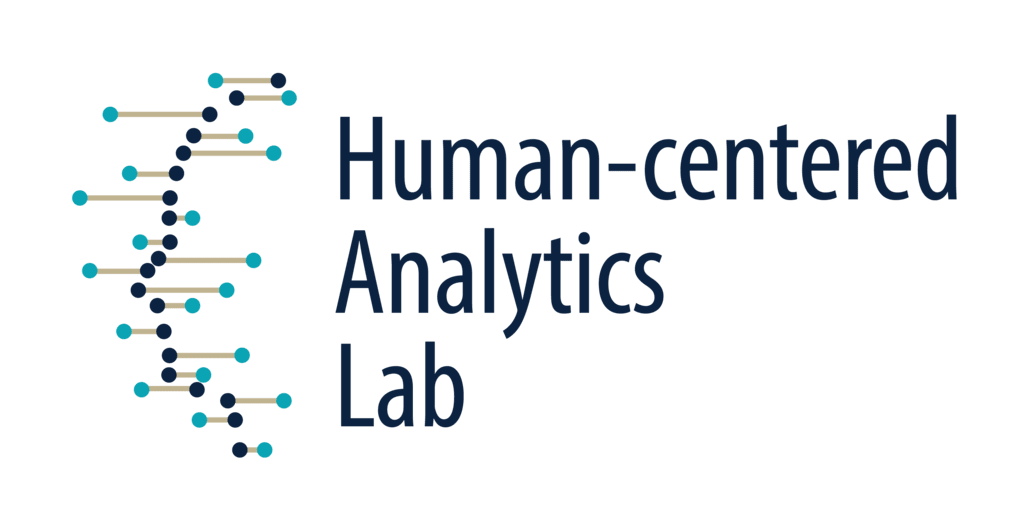Human-centered Analytics Lab
What is HAL?
 The person, technology, and the interaction of the two. This is a
broad framing of a research lab that is interdisciplinary by
design and pragmatic in approach.
The Human-centered Analytics Lab (HAL)
combines disparate
skillsets
and foundational disciplines to solve problems – all seeking to
better understand the human condition in the context of the
digital life of persons. Co-directed with
Ahmed Abbasi, the lab provides a framework for development of analytics
methods and the use of analytics methods for substantive research.
The person, technology, and the interaction of the two. This is a
broad framing of a research lab that is interdisciplinary by
design and pragmatic in approach.
The Human-centered Analytics Lab (HAL)
combines disparate
skillsets
and foundational disciplines to solve problems – all seeking to
better understand the human condition in the context of the
digital life of persons. Co-directed with
Ahmed Abbasi, the lab provides a framework for development of analytics
methods and the use of analytics methods for substantive research.
See the HAL website for more information.
We regard analytics as the translational arm of more foundational
areas of data science. Multiple fields usually isolated from one
another are merged into an interdisciplinary mash-up of
technology, psychology, methodology, and business. These areas
often use different language, terms, and theoretical lenses to
explore similar phenomena, which causes great confusion in many
contexts. This interdisciplinary mash-up, though, is our playing
field. The HAL lab sufficiently intersects these areas and has a
way of looking at the world in a unique, and dare we say with a
realistic, approach. We are “T-shaped” in structure: wide
(horizontal) in foundational theories and deep (vertical) in
methods. The HAL approach is one in which analytics have a
purpose: problems are framed, critically considered, and evaluated
with rigorous methods in an effort to understand the human
condition. We find problems and then solutions; identify inputs
and assess outputs; test stimuli on responses; identify causes and
their effects; explain and predict.
Our work cuts across what would traditionally be part computer
science, part statistics, part psychology. The intersection of
these areas makes for research that is more interesting than most
and unlikely to be done in other labs. Why? One reason is that the
skillsets represented here are not usually combined for a common
goal. Another reason is journal outlets in one area are generally
siloed – it is difficult to navigate multiple outlets due, in
part, to the language used but also the methods and framing of
problems. Again, this is our playing field. We are not beholden to
a rigid disciplinary framing of theory or method. Not only do we
use methods, we develop methods, where our developments are done
for a purpose. New questions in a changing world cannot always
leverage existing methods, and thus the need to work on methods in
the context of understanding the human condition.